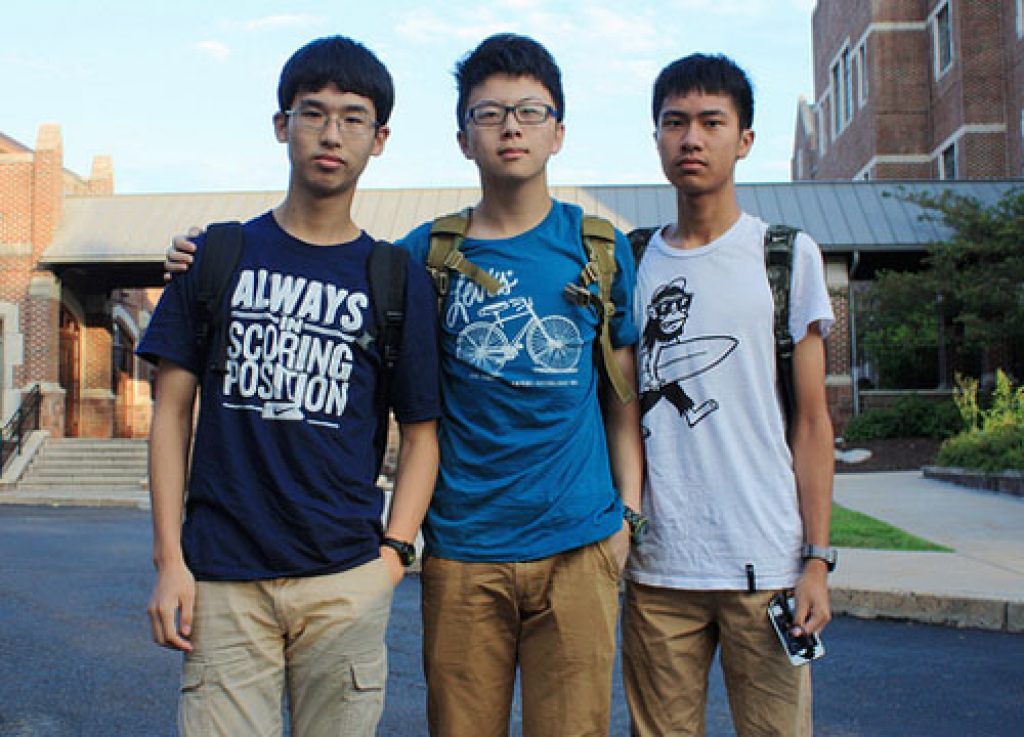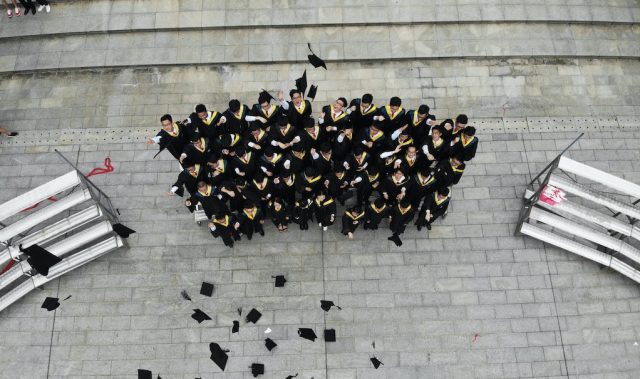
AsianScientist (Apr. 3, 2014) – Students from Singapore and Korea have performed best in the OECD PISA’s first assessment of creative problem-solving, scoring 562 and 561 respectively compared to the OECD average of 500.
According to the study, students in these countries are quick learners, highly inquisitive and able to solve unstructured problems in unfamiliar contexts.
85,000 students from 44 countries and economies took the computer-based test, involving real-life scenarios to measure the skills young people will use when faced with everyday problems, such as setting a thermostat or finding the quickest route to a destination.
Japan, Macao‑China, Hong Kong-China, Shanghai-China and Chinese Taipei were also among the top-performing economies, attaining scores ranging from 552 to 534.
Not all countries that did well in school subjects like mathematics or science did well on the problem-solving test. Conversely, students in the United Kingdom, the United States and Japan did better on problem-solving than in key school subjects.
“Today’s 15-year-olds with poor problem-solving skills will become tomorrow’s adults struggling to find or keep a good job,” said Andreas Schleicher, acting Director of Education and Skills at the OECD. “Policy makers and educators should reshape their school systems and curricula to help students develop their problem-solving skills which are increasingly needed in today’s economies.”
Around one in nine (11.4 percent) of 15-year-old students across OECD countries are able to solve the most complex problems, compared to 29 percent in Singapore and 22 percent in Japan. But on average across OECD countries about one in five students are able to solve only the simplest problems, meaning they lack the skills the modern workplace needs.
Gender gaps in problem solving are small, particularly among low-performing students, the report finds. In Singapore, boys scored nine points higher than girls, but there was a greater variation in performance among boys. On average across OECD countries, there are three top-performing boys for every two top-performing girls in problem solving.
The impact of socio-economic status on problem-solving is much weaker than for the other PISA subjects of mathematics, reading and science: in France and Spain, for example, the relationship between socio-economic background and performance is only half as strong as in maths. But disadvantaged students are still twice as likely on average to score at the very lowest level compared to their more advantaged peers.
———
Source: Organization for Economic Co-operation and Development; Photo: Montgomery County Planning Commission/Flickr/CC.
Disclaimer: This article does not necessarily reflect the views of AsianScientist or its staff.












